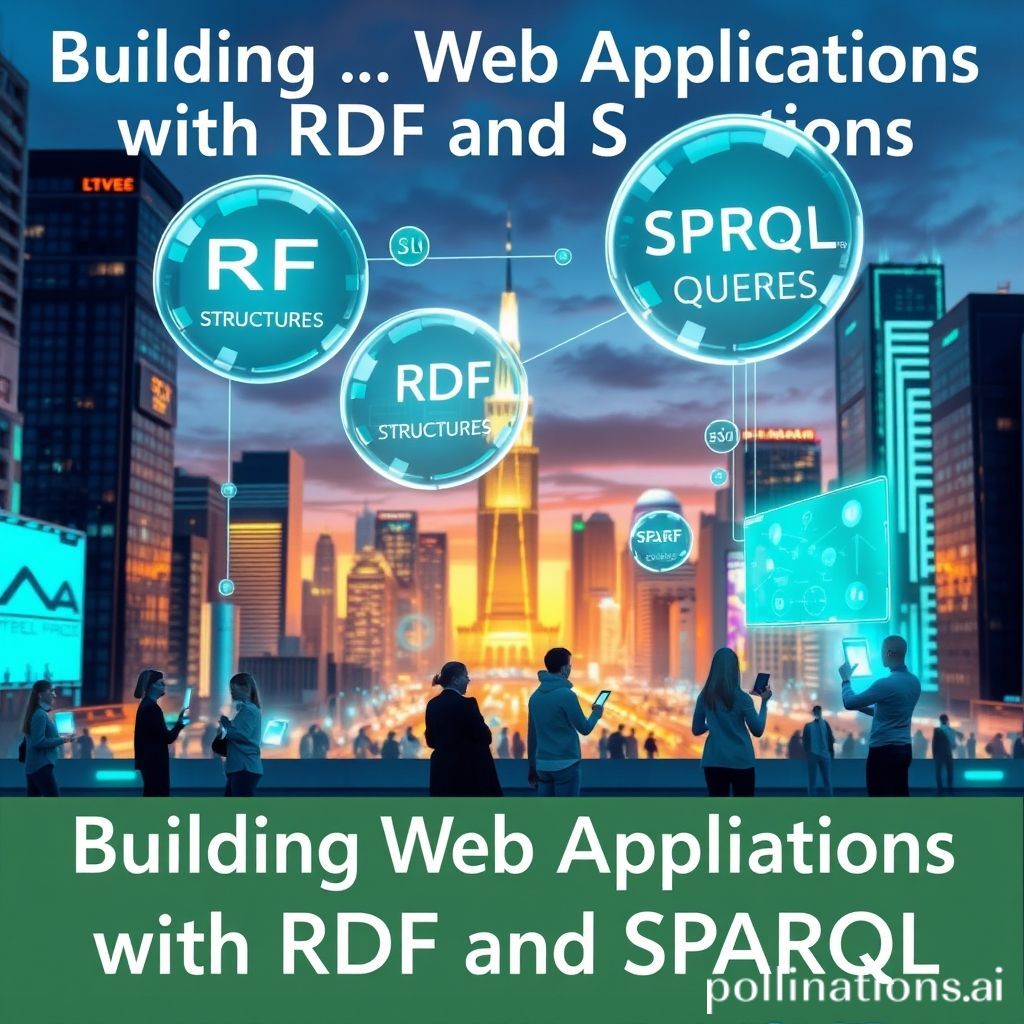
Building Semantic Web Applications with RDF and SPARQL
The Semantic Web is an extension of the World Wide Web that enables data to be shared and reused across application, enterprise, and community boundaries. At the heart of this web of data are two key technologies: RDF (Resource Description Framework) and SPARQL (SPARQL Protocol and RDF Query Language). This article will explore how these technologies can be leveraged to build powerful semantic web applications.
What is RDF?
RDF is a framework for representing information about resources in the web. It encodes data in triples, which consist of three components: subject, predicate, and object. This structure makes it easy to express complex relationships and allows data to be easily integrated and linked across different sources.
- Subject: The resource being described.
- Predicate: The property or characteristic of the resource.
- Object: The value or another resource related to the subject.
For example, a simple RDF triple might state that "Alice (subject) has an age (predicate) of 30 (object)." By using RDF, we can describe the relationships between different entities and create a rich interlinking of data that machines can understand.
What is SPARQL?
SPARQL is a powerful query language specifically designed for querying RDF data. It allows developers to write complex queries that can navigate the relationships between resources defined in RDF. With SPARQL, you can retrieve and manipulate data stored in RDF format efficiently.
- SELECT: Retrieve specific data from the RDF dataset.
- CONSTRUCT: Create a new RDF graph based on the query results.
- ASK: Determine if a given query pattern matches data in the dataset.
- DESCRIBE: Retrieve a description of resources based on their URIs.
Combining RDF and SPARQL for Semantic Web Applications
Building semantic web applications involves a few key steps utilizing RDF and SPARQL:
- Data Modeling: Define the data model using RDF. Identify the subjects, predicates, and objects needed to represent the application's domain.
- Dataset Creation: Create RDF data from various sources, using tools or frameworks like Apache Jena or RDFLib for Python.
- Query Development: Use SPARQL to write queries that can retrieve and manipulate the RDF data based on user requirements.
- Application Development: Build the front-end and back-end of the application using web technologies. This might involve using frameworks such as React or Angular for the user interface, and connecting to an RDF store via a SPARQL endpoint.
Conclusion
Building semantic web applications with RDF and SPARQL enables developers to create applications that harness the power of linked data, providing richer user experiences and more insightful data analysis. By leveraging these technologies, organizations can improve data interoperability and foster a deeper understanding of their information ecosystems.
